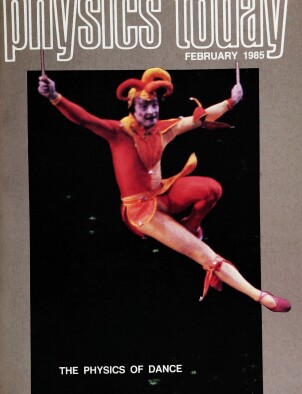Wallace Clement Sabine and Acoustics
DOI: 10.1063/1.881000
Wallace Clement Sabine was the world’s first and most celebrated acoustical scientist. He received his graduate training in the physics department at Harvard University and remained on Harvard’s faculty until his death, in 1919. His reputation is based not only on his contributions to acoustics, but also on his teaching and administrative contributions to the physics curricula at Harvard and his services to the US during World War I.
This article is only available in PDF format
References
1. W. D. Orcutt, Wallace Clement Sabine: A Biography, Plimpton, Norwood, Mass. (1933).
2. W. C. Sabine, Collected Papers on Acoustics, T. Lyman, ed., Harvard U.P. (1922)
Dover, New York (1964). Reference 3 and ten other papers are included.3. W. C. Sabine, “Architectural Acoustics: Reverberation,” (published in seven parts), Am. Arch. Build. News (1900), April 7 and 21, May 5, 12 and 26 and June 9 and 16.
4. L. L. Beranek, “The Notebooks of Wallace C. Sabine,” J. Acoust. Soc. Am. 61, 629 (1977).https://doi.org/JASMAN
5. L. L. Beranek, J. W. Kopec, “Wallace C. Sabine, Acoustical Consultant,” J. Acoust. Soc. Am. 69, 1 (1981).https://doi.org/JASMAN
6. Details about Sabine’s appointments at Harvard were supplied by Robert Shenton, secretary of the Harvard Corporation.
More about the Authors
Leo L. Beranek. Bolt, Beranek and Newman, Boston, Massachusetts.




